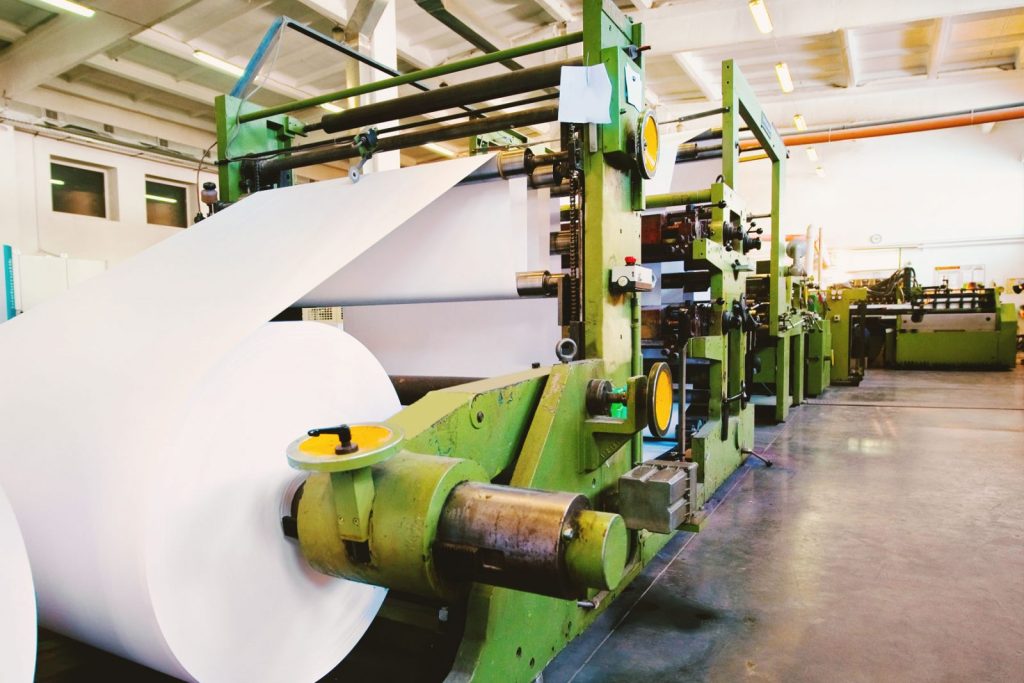
Whether you’re a designer working on an advertisement or a mother picking out your daughter’s birthday card, paper has a big impact on your choices. You may not know the types of paper, but you are influenced by the different types and textures. Fancy fonts, exciting graphics and catchy headlines tend to receive all of the attention in print projects, but paper selection is truly at the foundation.
Most people find paper selection to be a daunting task, but to Dori Hejtmanek, it’s a passion. Dori is BIGEYE’s Senior Graphic Designer, who after completing a Bachelor’s degree in graphic design, has worked in the business for over 15 years. Her experience with an array of large clients and demanding projects has made her a seasoned professional in the world of print.
Dori knows that paper choice can really make or break a project. The type, weight, finish, opacity and brightness affect all aspects of the printed piece. The same project printed on different types of paper can make a big difference in how it is perceived. Here, Dori tells us about her background in print, gives us advice, and shares her experiences with all things paper.
1. What type of print projects do you create most frequently?
Brochures! Throughout my career, brochures have always been the most common print project requested from clients. More recently, I’ve worked on a lot of stationary packages and annual reports.
2. What is your favorite type of paper to work with?
I really enjoy working with the Neenah brand of paper because of their wide selection and high quality. I love their variety of colors and textures.
3. Are there any natural pairings for paper and project types?
Yes! For example, cover stock is traditionally used for business cards, pocket folders and brochure covers. Light writing text is often used for stationary, and 100# text is used for brochures. Natural pairings are good guidelines to follow if you are just beginning to work with paper.
4. Do you consider paper during the design or production process?
I always consider paper before starting a project, so before both the design and production processes. The paper selection is part of the conceptual process, and sometimes the paper choice is the concept. I also print samples when deciding between various versions of the project in the production process.
5. Are there any rules you follow when selecting the type of paper?
I always have a discovery meeting with clients to discuss their business objective and to get a feel for the type of project they are looking for. I also always ask a person’s budget. The worst thing would be designing a project around an expensive paper only to find out that it doesn’t fit the budget.
6. What advice do you give people starting out in print design?
Know your budget before conceptualizing. Also, there are tricks to achieve a certain look without spending a fortune. If a particular type of paper is too expensive, there are print techniques you can use to give projects a similar look. Finally, research printers and printing companies to find one that best meets the capabilities of the project.
7. As the world continues to go digital, have you seen a decline in print?
Yes, I’ve noticed a steady decline in the demand for print projects, but I don’t think that paper will ever disappear. There will always be a need for print production and tangible pieces in advertising, business and daily life.
At our Florida advertising agency, we always consider paper before starting the design of our projects. Contact us today and let us guide your paper selection process!


